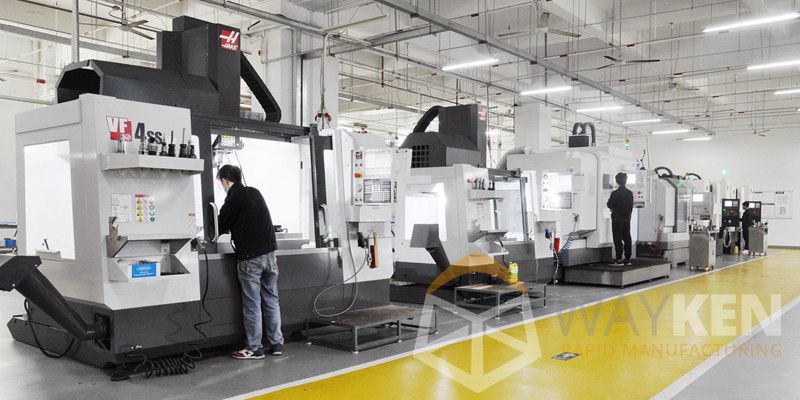
Computer numerical control (CNC) is a manufacturing technique used to shape a variety of components through computer programming to provide various components and parts for different industries. To ensure high precision, excellent quality, cost efficiency and customer satisfaction, CNC workshops must adopt a quality management system – ISO 9001:2015.
Why do CNC workshops need ISO 9001:2015 certification?
ISO 9001:2015 is a standard that provides guidelines for organizations to conduct all activities in an organized and quality-controlled environment. Provides organizations with strategies for implementing quality management systems (QMS) in their area of work.
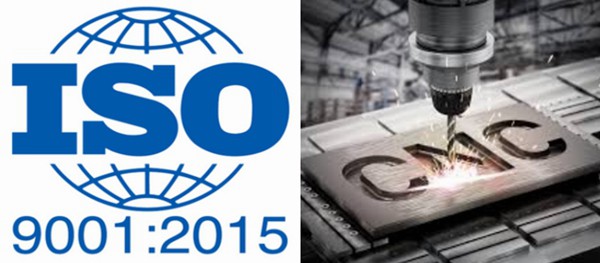
For CNC shops, adopting the ISO 9001:2015 standard is a necessity, as it has been adopted by more than 185 countries and almost a million organizations. Such a comprehensive implementation of this standard increases customer confidence, ensures a quality controlled environment, cost-effective products and continuous improvement in production.
Furthermore, ISO 9001:2015 allows CNC workshops to carry out all workshop activities in an organized manner, identify possible causes of product defects, reduce costs, increase profits and build a good reputation.
What is the difference between quality control and quality management?
Some people think that quality control and quality management are the same thing. But this is not correct. A company uses quality control procedures to inspect and test products to identify defects.
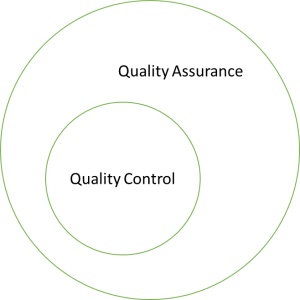
Quality management is a technique that takes a proactive approach to prevent errors at all stages of production. It also helps achieve excellent product quality by identifying and eliminating unnecessary production steps.
Therefore, quality management is a comprehensive approach that is integrated into each stage of production and product quality. Quality control is only associated with checking the quality of the product.
Basis of an ISO 9001:2015 standard
This ISO quality management system is based on the PDCA cycle: Plan, Do, Check, Act.
- Plan: Plan what you are going to do. What will you produce? How will you produce it? What do you expect as a product?
- Do: Do what you set out to do.
- Check: Check that everything went according to plan.
- Act: Take the necessary actions to improve the Execute stage and achieve the planned results.
How to implement ISO 9001:2015 step by step in CNC workshops?
ISO 9001:2015 is a versatile standard that consists of nearly 350 requirements that a CNC shop must meet to obtain ISO certification. Most requirements are summarized in the PDCA cycle.
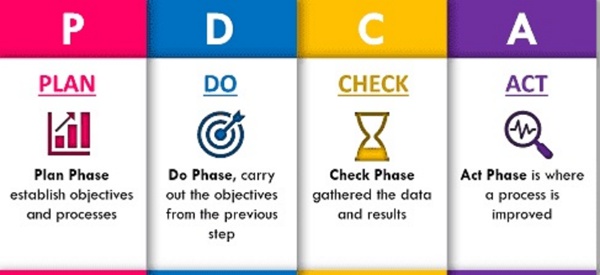
1. ISO 9001:2015 – Plan
First, the CNC shop management needs to plan what they will do. In the planning stage, ISO 9001:2015 requires the workshop to define the following terms.
Organization context
In the context of the organization, the CNC workshop defines all internal/external stakeholders. For example, all customers (external), management (internal), raw material supplier (external), etc.
Furthermore, you should know what internal/external problems CNC shops face. For example, labor training (internal), availability of raw materials (external), etc., which directly affect production and product quality.
Scope
As part of the CNC workshop, management defines exactly what the workshop will do, what products it will produce and what main objectives it will pursue.
Strategic direction
It is the CNC workshop plan in which management discusses its strategy for achieving its goals and objectives.
quality policy
It is the statement made by management that is consistent with the scope, strategic direction and context of the organization. In this statement, management must also demonstrate its ability to set and achieve quality goals, comply with all applicable rules and regulations, ensure customer satisfaction and continually improve.
Example: “CNC Workshop XX strives to produce high quality components and comply with all applicable rules and regulations. We establish quality goals to improve the quality of our products in accordance with our customers' expectations. XX management is committed to quality and believes in continuous improvement.”
All resources needed for the workshop
The workforce, special training, buildings, public services and the environment that management will provide to workers. These resources also include the supervision necessary to monitor the process and product quality, transmit information to workers at all levels, and the documented information that the shop will record.
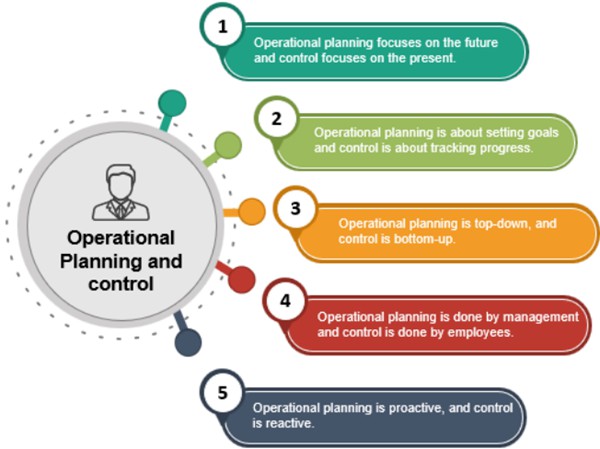
2. ISO 9001:2015 – DO
In the Do step, ISO 9001:2015 requires the CNC shop to perform all activities as planned. Management must ensure that all processes are monitored and all important parameters are recorded. It must also ensure that all measuring and testing equipment is available to ensure product quality.
Furthermore, ISO 9001:2015 also requires that design and development activities be carried out in an organized manner. These activities are validated, legal requirements are met, and results are reviewed by senior management before implementation.
3. ISO 9001:2015 – Check
ISO 9001:2015 requires management to review the implementation of the QMS. To evaluate them, the following techniques are typically used in CNC shops to verify their implementation.
Internal auditions
To evaluate the implementation of the QMS, management forms internal teams composed of workshop auditors.
External audits
These audits are carried out by clients or external auditors to verify the performance of the QMS.
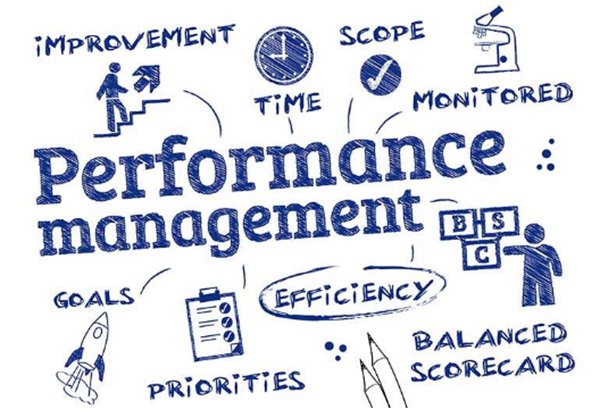
Data analysis
Data obtained through product testing and inspection, customer feedback, product deviations, process monitoring data, risk records and other key performance indicators of CNC workshops. This data can be analyzed to check the performance of the QMS.
Assessment by management
Management conducts a management review meeting with all stakeholders/stakeholders to discuss the performance of the QMS.
4. ISO 9001:2015 – Law
In the “Act” step, ISO 9001:2015 requires the CNC shop to analyze the test part results and improve the implementation of the QMS accordingly. Workshop management must also identify all potential risks, evaluate them, develop a mitigation plan, and calculate the residual risk after implementing the mitigation plan.
At the same time, all subgroups of the CNC workshop summarize these steps in a risk log for their respective sections. After identifying risks, the workshop should identify ways to improve those risks.
Example: Mr. X needs to cross the street and be able to see his daughter (work that needs to be done). Mr. X sees a lot of traffic on the road (risk identification). He thinks that an accident could occur if he tried to cross the street in such a crowded situation (risk assessment). Sir. Mr. X crosses the street. Residual risk is the risk after implementing the mitigation plan.
Furthermore, the workshop must also identify quality goals to achieve continuous process improvement. Quality objectives must be time-limited, measurable and compatible with the quality policy. Furthermore, you must define all the collaborators who will carry out the activity, monitor the necessary resources and evaluate the results. Example: QOB Statement: Improve bounce rate by “X”% by December 2024.
WayKen is your ISO 9001:2015 certified CNC shop

Conclusions
Through ISO 9001:2015 certification, the CNC workshop is committed to providing excellent quality products and continually improving its production process. ISO 9001:2015 certification ensures that the workshop provides high-quality and cost-effective products to gain a better reputation in the manufacturing field.

























































